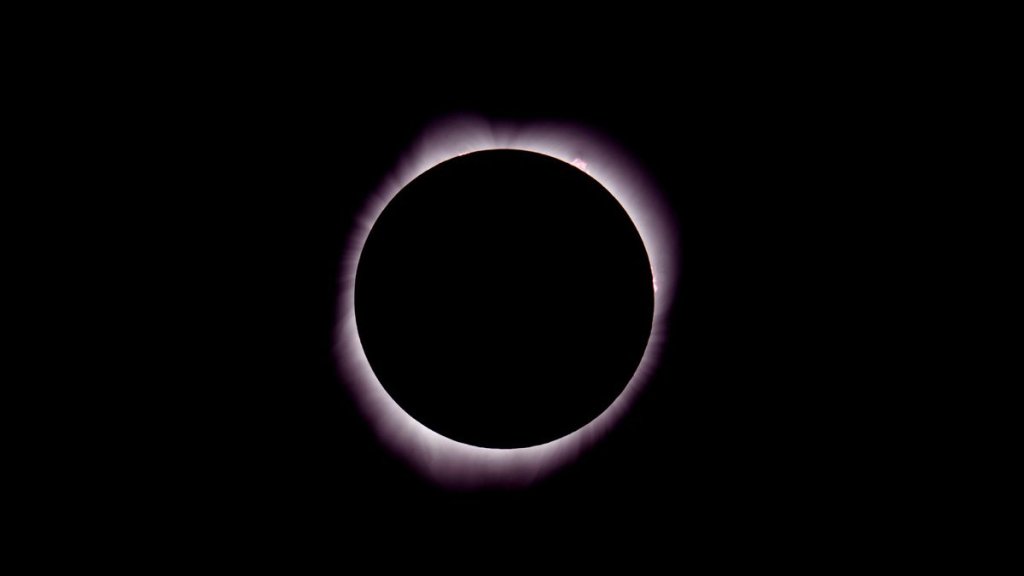On Aug. 18, 1868, a French astronomer named Pierre Jules César Janssen discovered helium while observing a total solar eclipse in India.
During the eclipse, Janssen was using a spectroscope to look at the spectrum of light emitted by the sun. This tool allows scientists to determine what elements they’re looking at.
Related: Solar eclipses 2023: When is the next solar eclipse?
Upon further inspection, not only did he realize that this star was actually the Martian moon Deimos, but he also discovered a second, larger moon now known as Phobos. He announced both discoveries the following day on Aug. 18, 1877.
Phobos is the largest moon of Mars. Its dimensions measure 10 by 14 by 11 miles (17 by 22 by 18 km) across and orbits Mars three times each Martian day at a distance of about 3,700 miles (6,000 kilometers).
On This Day in Space Archive!
Still not enough space? Don’t forget to check out our Space Image of the Day, and on the weekends our Best Space Photos and Top Space News Stories of the week.
Follow us @Spacedotcom and on Facebook.

